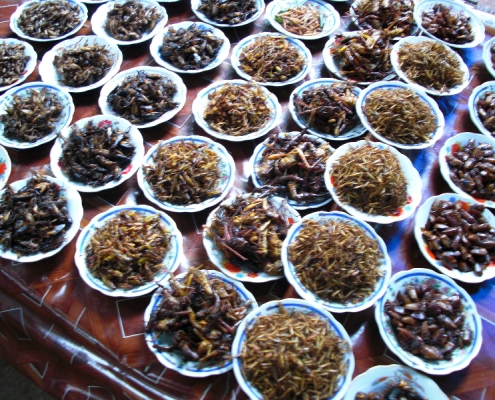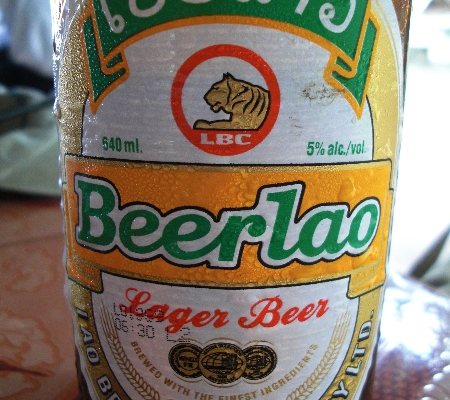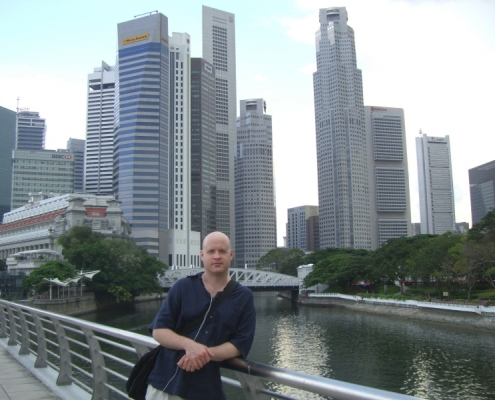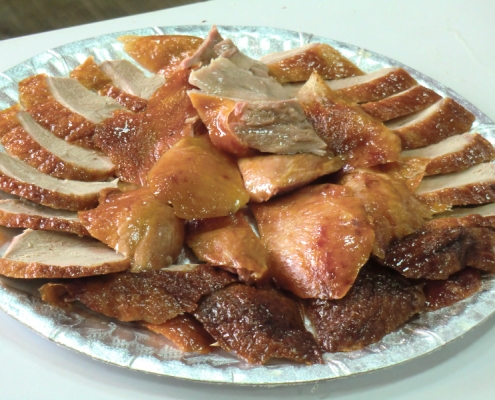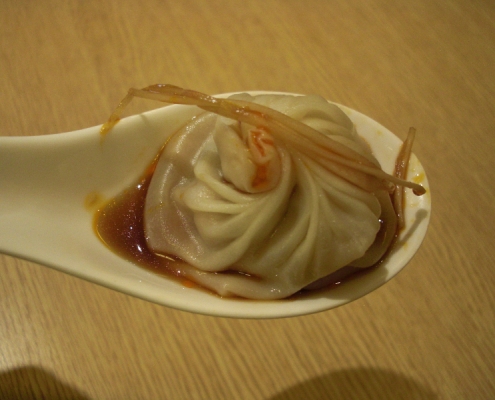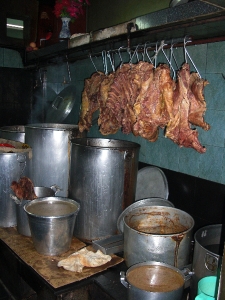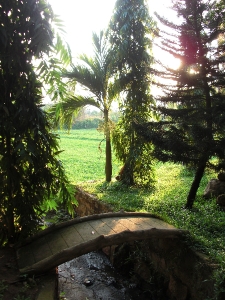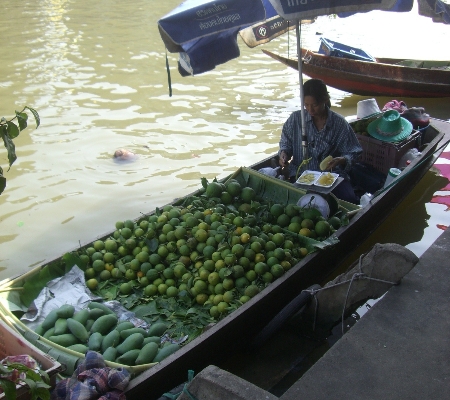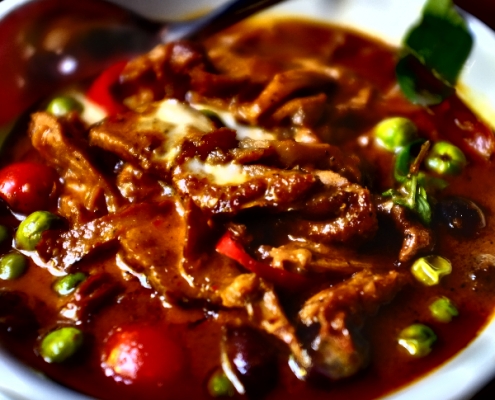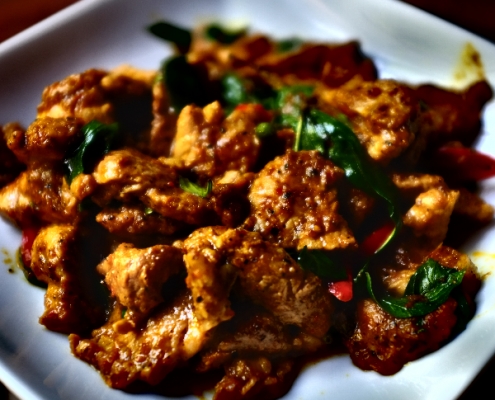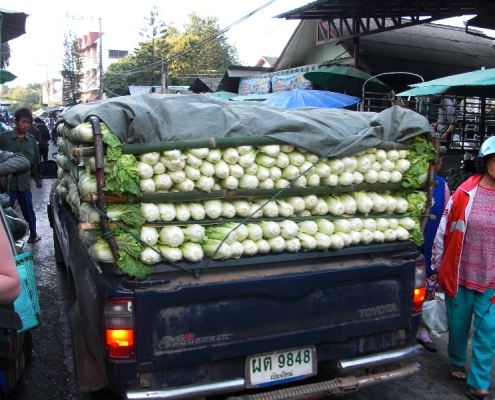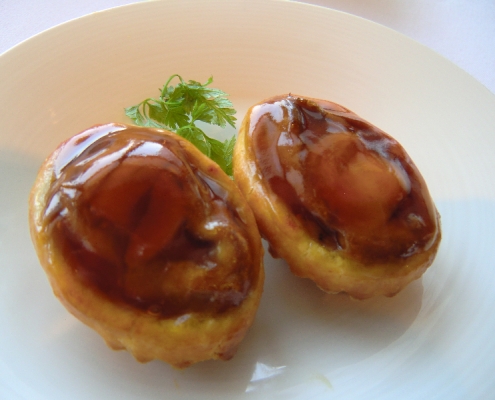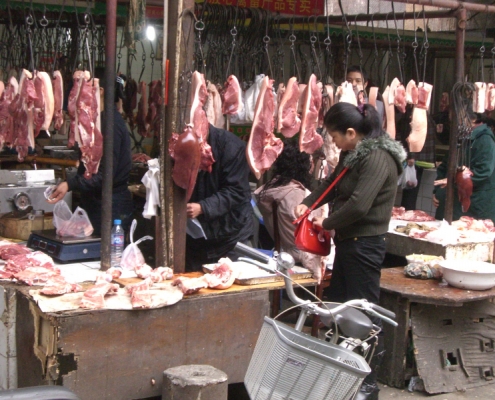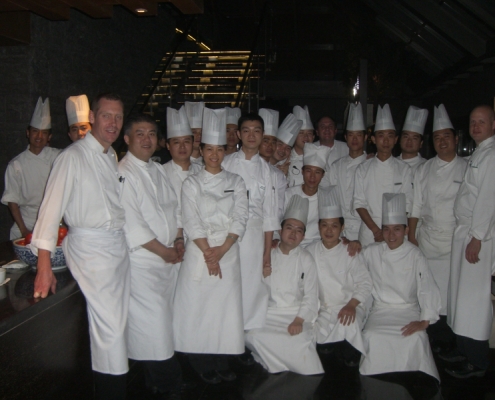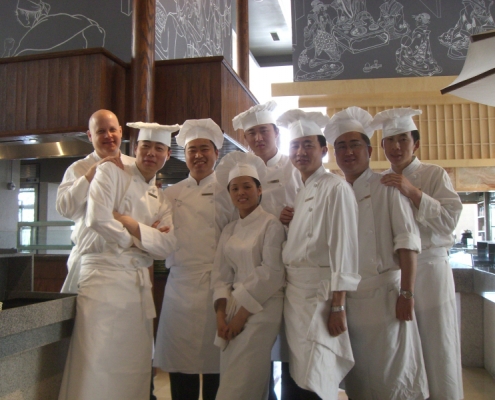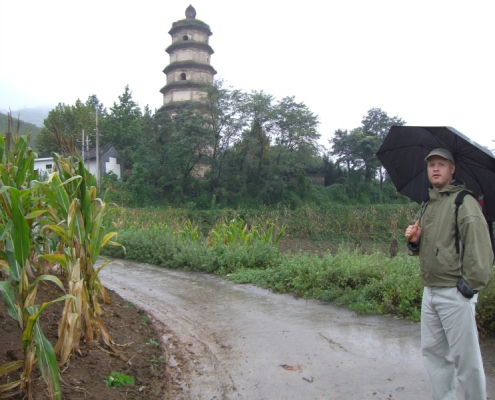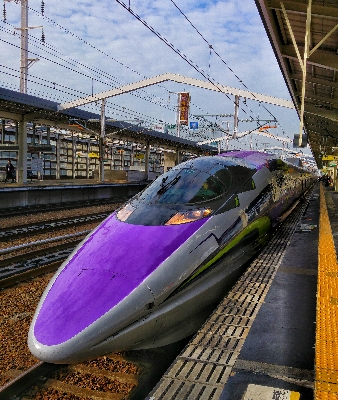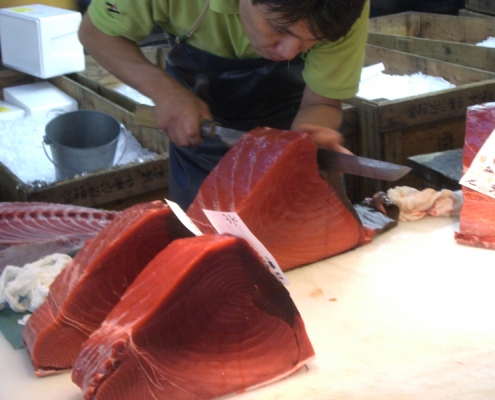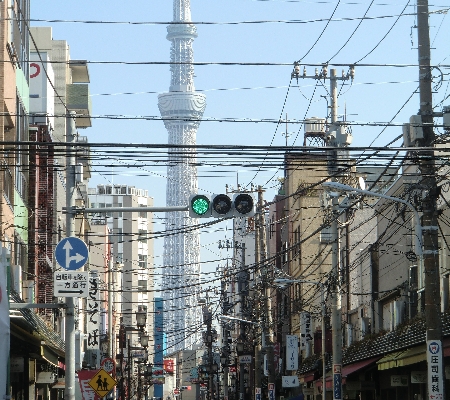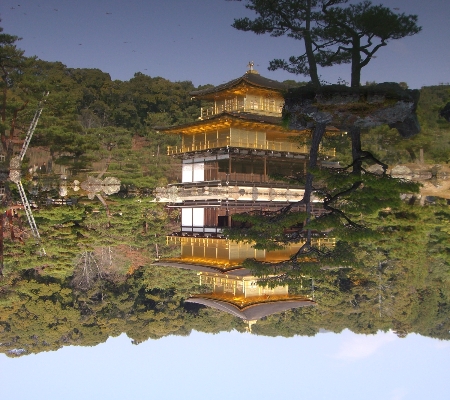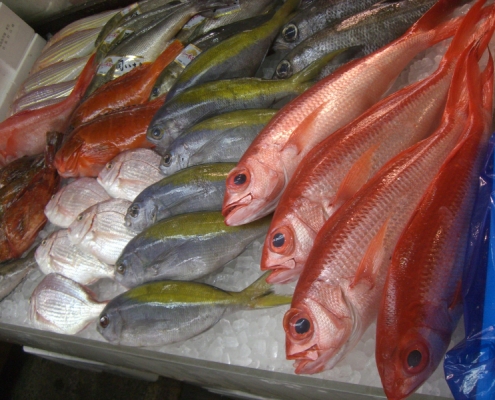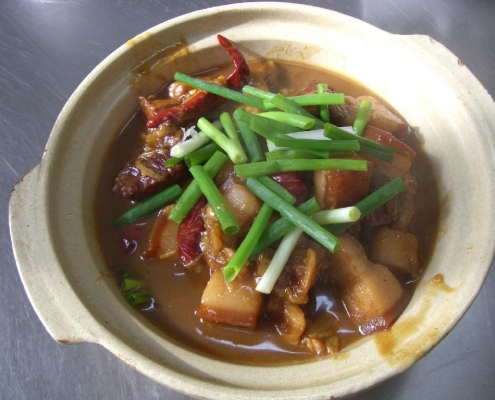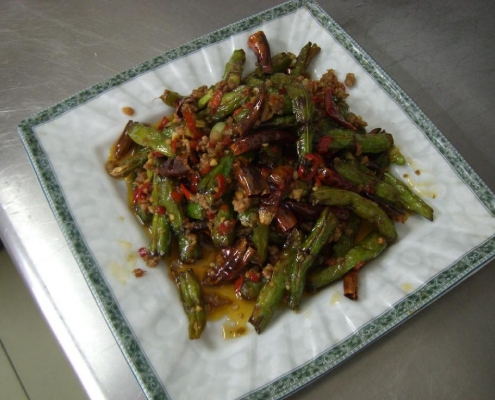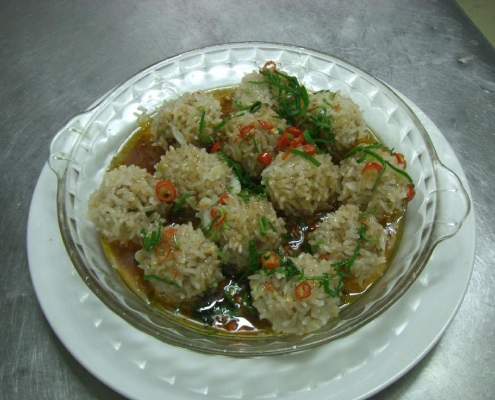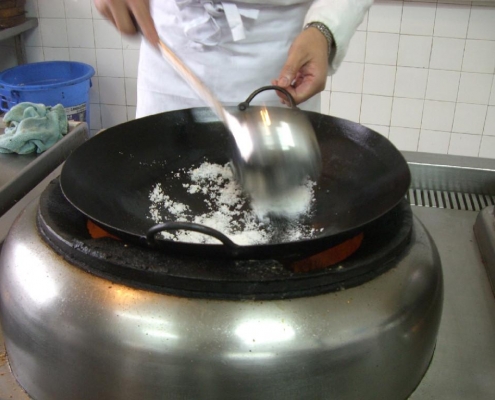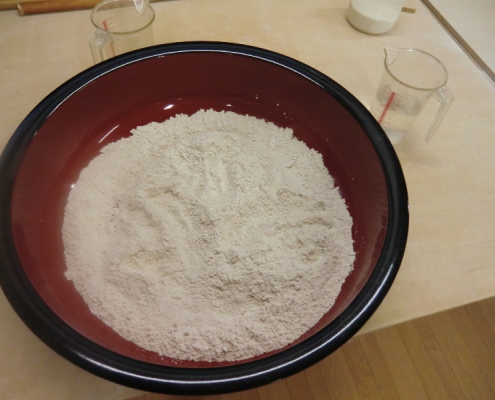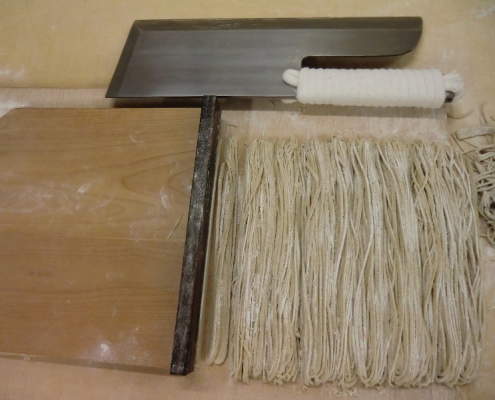One of the greatest success stories out there. Basically in 1 or 2 generations this country went from outpost to economic giant. Great street food and easy to maneuver-an excellent intro to the region.
If you want the best regional Chinese food, this is the place to go. I have had more great Chinese meals in this country than I have had anywhere else. It beats Hong Kong by a long shot.
I never tire of the food here-its healthy, fresh and vibrant. The culture is so old and so unique that its my favorite place to travel of any country in the world . I love the people and craziness of life emerging from sequestration.
Thailand is full of paradox. In some ways extremely chaste and in others a cesspool of excess and weirdness. I love the mash up of food here-the curries the liberal use of chiles, the insanity of Bangkok and the beauty of the jungle and beaches. Once you taste it from the source its very hard to eat this food anywhere else.
How do you distill 7000 years of cooking history into anything comprehensive? You cannot. Its a maddening place-humanity on a whole different level. I was the opening chef of the first Park Hyatt on the mainland. I traveled and studied quite a bit over those 2 years and have been back a number of times since. Overwhelming to say the least.
A paradox of ancient and ultra modern. My time in Japan was extraordinary and I try to get back at least 1 or 2 times a year. Never will you see quality in ingredients like you do in Japan…
Crazy is this experience. During the pre-opening of the Park Hyatt and all its delays left me with actual weekends off. I decided to take a cooking class and sought this place out. It was a typical vocational school set off the 4th ring road on a side street in a local apartment building with no air conditioning, heat or elevators. They were reluctant to take me on but in the end I had my secretary convince them to let me do a Hunan cooking module. I would go on Saturday and work through approximately 40 dishes working with the owner/master chef. The translator for the sessions was this old man who was a theoretical mathematician that lived through the “big event” and told me how he was taken out of the university and sent to the fields to work. Strange, he still called him “our great leader” after all he went through. The instructor had major chops when it came to cooking-complete with cigarette hanging from his lip while he threw product in the wok at hyper speed. He had a cough that was TB like but a laugh and spirit that was open, kind and serious. All said and done this was one of the coolest things I have done when it comes to my study of food. Might I say that Hunan food is the spiciest that I have ever experienced. The use of the chile was by the handful.
This place, The Sichuan University of Higher Cuisine is the same place that Fuschia Dunlop studied. She has written 2 of the best books on Chinese cuisine that have ever been published. I have traveled to Chengdu a few times and always enjoyed the city but thought that the school was a bit full of itself and over priced for what I learned there as opposed to the experience I had at Yiqin Cooking School in Beijing. That being said, it still was a good experience as I got to learn how to make my favorite Sichuan dishes and spend my off hours eating lunch at the local market down the street. The repertoire of a good Sichuan kitchen is far beyond comprehension to most westerners. Chengdu and the surrounding countryside should be high on any person who wants to go to China and eat.
I had a plan on my recent trip to Tokyo which was to revisit a few of my favorite ramen shops to study how the bowls noodles were composed, have an evening of laughter and revelry with my old staff of cooks that worked for me at the Grand Hyatt and take a class on how to make soba noodles. The last item was something that has been hanging in my mind for years as it was always my intention to take this class when I lived in Tokyo. But when you are running busy restaurants there can be little time in life to do anything other than that so at that time I shelved the idea hoping to revisit the possibility in the future. Mission accomplished.
The location of the class is in a neighborhood called Shitemachi or the old downtown, specifically in the restaurant supply area called Kappabashi. I am very fond of this old neighborhood and have many small eateries that I frequent when I travel to this part of town.
The first day of this class was a challenge for me because I was out with my old workmates until 4A.M. and my class was at 9A.M. Back in the day this would not have been much of an issue but I have to say, these old bones were challenged. As I boarded the Ginza line (at 7:30) I quickly began to doze as the train rocked along. There is a subtle art to falling asleep on a Japanese train as its usually packed like a can of sardines. I have scene people fall asleep standing up in a crowd. Luckily I got a seat in the corner and drifted off to a fidgety sleep where I dreamt that I missed my stop-ahhh to be back in a big city where neurotic behavior fuels the beast. I heard “Ueno eki” in my dream and leapt up and jumped off the train-perfect timing.
When I arrived Chef Kochiro Morihana, the owner of Restaurant Menkobo, greeted me and ushered me through the dinning room to the back workshop area. He has a number of work tables set up complete with lacquer mixing bowls, various lengths of rolling pins, an assortment of soba bochos (soba knives) and so forth. Against the back wall are bags of buckwheat and different flours and in the center is a mechanical stone grinder that plods along turning buckwheat grains into fine white flour. I am excited.
The week’s classes will cover the classic buckwheat soba, udon, green tea soba and shiso soba. We start with the basic buckwheat soba-only 2 ingredients-four and water but there are many variables that play into this. Like many things in Japan-simplicity just means complex in disguise. Chef explains to me the difference between winter and summer wheat, the effect of humidity, temperature of the water, the difference between fresh milled flour and already ground and so on. We begin to make the dough. Each step he explains what’s going on, what to look for and how to adjust. I begin to understand a bit of nuance after each batch we make. Chef tells me he has been doing soba for over 20 years and is still searching and learning.
After each batch of soba is made we package up the fresh noodles and I get to take them with me. I give them to old colleagues who bring them home to their families. He also brings one serving into his kitchen and we make a batch for me to sample after the class is over. I live for experiences like this-sitting middle of the workshop at a cart table eating the noodles I just learned to make.
In Japan noodles are the fabric that holds the country together. They are the food that all people eat at all hours and in my opinion can reflect the essence of Japanese food-that being the illusion of simplicity. Think again the next time you taste a zaru soba or dive into a big bowl of chewy udon-realize that the culinary forces behind these simple treats goes way beyond what you think.
Menkobo Soba
www.mencobo.jp
03-5806-1281



